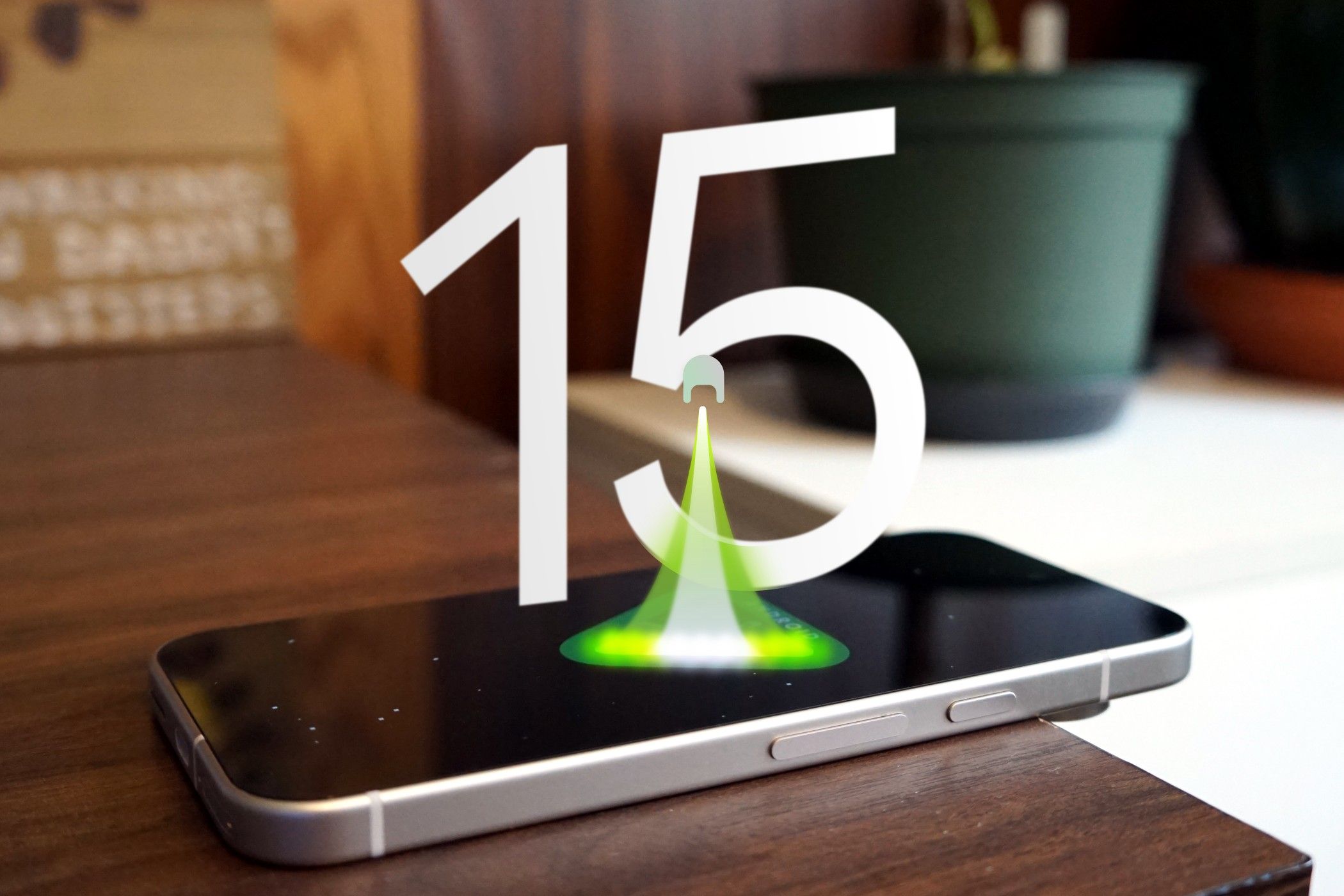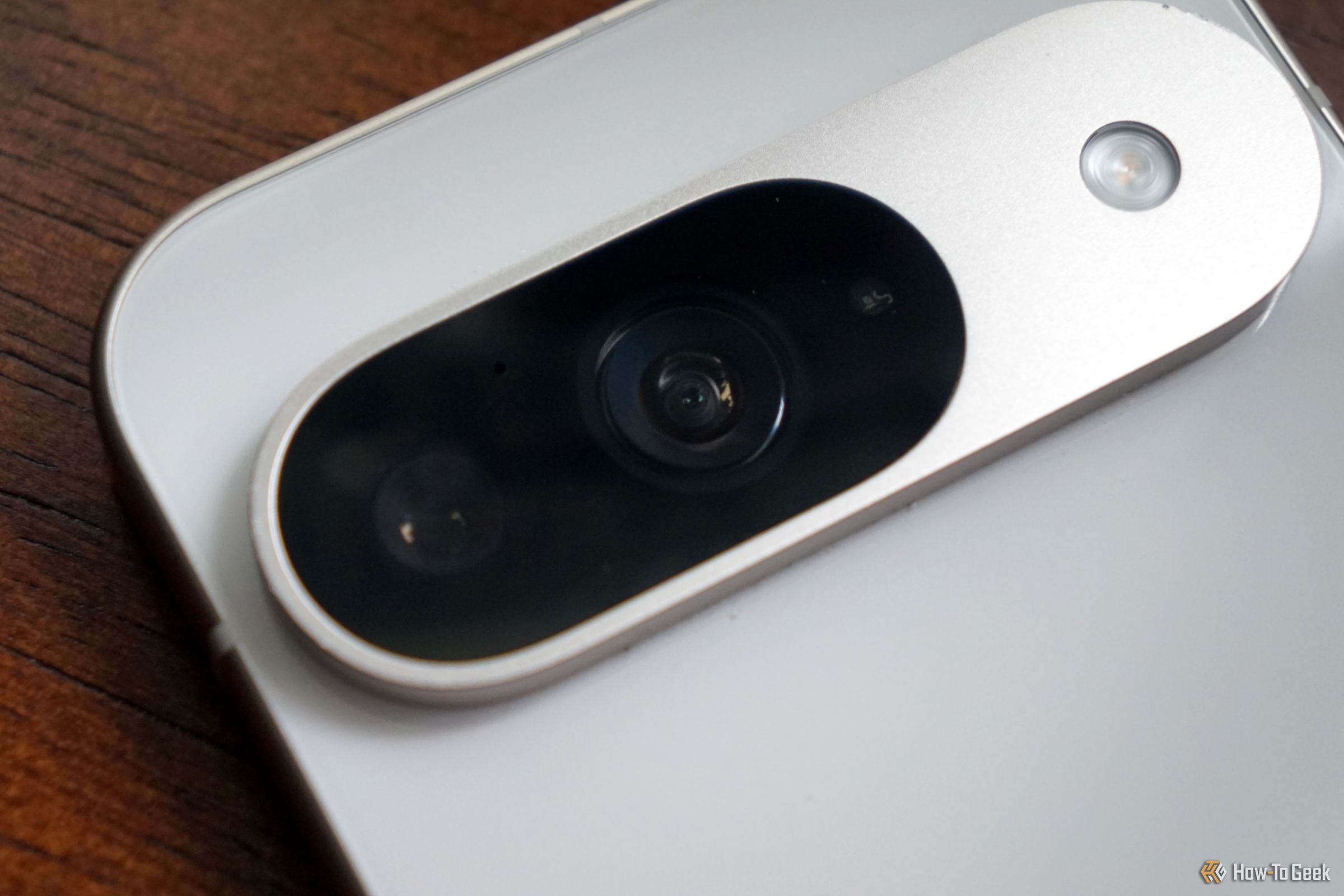Key Takeaways
- Get more for your money by waiting until your phone is broken or unusable before upgrading.
- Android manufacturers are improving software support, allowing you to hold on to your familiar friend longer.
- Waiting for community feedback can help you make a fully informed decision on your next Android phone purchase.
For some people, getting a new phone is one of the most thrilling experiences. For others, it’s simply something that must be done from time to time. If you’re one of the people who yearn for that feeling of a shiny, newly released phone in your hand, you may want to consider these reasons for holding off.
If It’s Not Broken, Don’t Replace It
Android phone manufacturers like Samsung and Google reliably release new flagship models every year. Contrary to what these companies would have you believe, though, that doesn’t mean you need to upgrade as soon as the newest model becomes available for pre-order. Rather, you can think of this steady schedule as a security net, knowing there will almost always be a new phone on the market.
In reality, the best time to replace your phone is once it’s physically broken, security updates end, or when it becomes otherwise unusable. Waiting to upgrade means you can get a more feature-rich device when the time comes, as phones rarely change from year to year. If you’re in the market for a new phone before any major improvements are made, you can still save money during a new release, since this is typically when older models go on sale.
Android Software Support Improvements
Android phones have consistently fallen behind iPhones in terms of software support. Juggling multiple developers with large catalogs of phones and other mobile devices on the Android operating system means many phones end up receiving firmware and security updates late or are left out entirely. This leaves some of your most private information, such as banking details and personal information, vulnerable to hackers.
Many manufacturers of Android OS devices are working to fix this problem, though. Most notably, Google and Samsung have both promised seven years of system updates for their flagship models. The Pixel 9, for example, will be updated through 2031. A major improvement from their previous commitments, ranging from only three to five years. If these updates are also pushed promptly, we may be seeing the start of a new era for Android.
Older Phones Are Easier to Troubleshoot
Prior to launching a new phone, manufacturers put their products through rigorous lab and field tests to make sure they’re ready for consumers. Even still, unexpected bugs may arise, forcing consumers to wait for a solution. In essence, you become part of a global beta testing group when purchasing a newly released phone.
With older phones, most common problems have already been addressed in some way, whether through a software patch or a troubleshooting guide from the manufacturer. In the event that you have a less common problem or the manufacturer’s page doesn’t fully address your issue, community support will be more robust for older phones as consumers have had a chance to familiarize themselves with these devices.
Wait for Major Hardware Updates
Hardware updates are another good reason to replace your phone, as you won’t be able to get them from an older model. That said, you may still want to hold off on upgrading immediately.
Early iterations of new hardware may not be very well-designed. What seemed practical to the engineers and initial testing groups may not be so easy to use once in the consumer’s hands. Additionally, the design may not hold up well over time, or the feature itself could prove to be rather useless on a day-to-day basis. Waiting on community feedback before buying the latest model can give you the best chance at making a fully informed decision.





